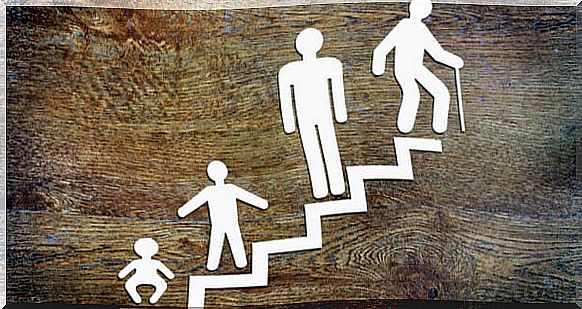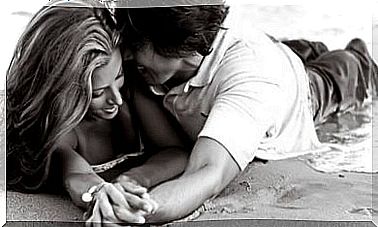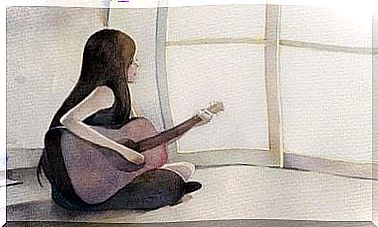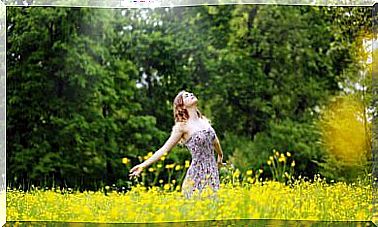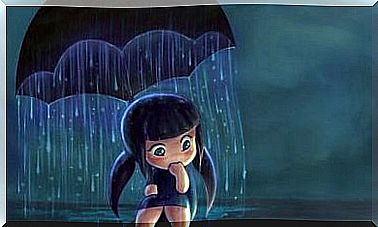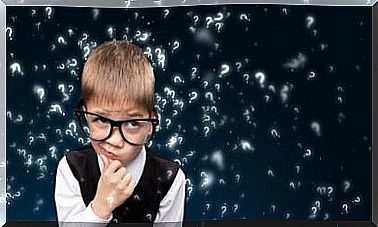George Kelly’s Theory Of Personal Constructions

In 1955, George Kelly presented the theory of personal constructions as an alternative to the two main approaches to explaining human understanding : behaviorism and psychodynamic theories (psychoanalysis). This current challenged existing psychological thinking.
Traditionally, psychological research has considered everyone it studies as subjects, thus differentiating them from someone who, like them, tries to make sense of events. In this regard, Kelly hinted that we need to change the nature of how we view science if it applies to human beings.
The premise of George Kelly’s personal construction theory was simple, yet radical. He said people never know the world directly, but only through the images they create of it. He thus conceives of the human being as a scientist who constructs and modifies his knowledge and hypotheses with experience.
Thus, constructions are therefore the mental maps that we have of reality, in addition to their opposites. Therefore, in order to define what something is, it is necessary to find out what it is not, according to Kelly’s theory. For example, being happy for me might be different from being happy for someone else, depending on how we interpret what it means to be emotionally wrong.
George Kelly’s Personal Construct Theory invites us to understand how each of us sees the world. Instead of using complex psychological concepts to understand people, this school of thought attempts to understand people on their own terms.

The psychology of personal constructions
In the 1950s, behavioral and psychoanalytic perspectives still predominated in psychology. Kelly, on the other hand, saw people as active creators of their reality. This was contrary to the ideas of the two currents, in which the subject cannot do much to change his view of the world.
Kelly argued that from birth we develop a set of personal constructs. They are basically mental representations that we use to interpret events and make sense of what is happening. They are based on our experiences and observations.
Instead of seeing human beings as passive subjects at the mercy of the associations, reinforcements and punishments they encounter in their environment (behavioralism), or their unconscious desires and childhood experiences (psychoanalysis), Kelly believed that people play an active role in how they collect and interpret knowledge.
Throughout our lives, we have “experiences” that challenge our beliefs, perceptions and interpretations. If these experiences work, they strengthen our current beliefs. If they don’t work, we can change our mind. For Kelly’s personal construction theory, this is fundamental.
Through this process, we experience the world through the “lens” of our beliefs. We use them to predict and anticipate events, which in turn determine our behaviors, feelings, and thoughts.
Kelly also argued that all events that occur are open to multiple interpretations. In his work, he called them constructive alternatives. When we try to make sense of an event or situation, we can also choose the construct we want to use to explain it.
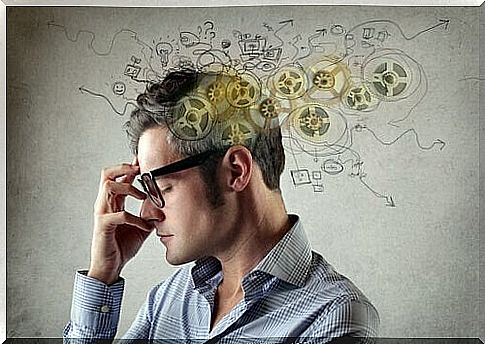
How we use personal constructions
Kelly argued that the process of using mental constructs works the same as a scientist who uses a predefined theory. First, we start with a guess as to why a situation occurs. We then test it by applying the construct and predict the result we think we will get this way. If we are right, then we know that the mind construct is useful in this situation, and we are keeping it for future use.
However, when our predictions don’t come true, we can take three paths:
- Reconsider how and when we apply construction
- Modify construction
- Abandon it completely
On the other hand, the recurrence of a situation plays an important role in the theory of personal constructions. Constructions are born because they reflect things that are repeated frequently in our experience.
Additionally, Kelly believed that our ways of seeing the world tended to be organized in a hierarchical fashion. Thus, the more basic constructions are found at the base of this hierarchy, while the more complex and abstract constructions are at the higher levels.
According to Kelly, the constructions are bipolar. In other words, each build basically consists of a pair of opposing faces. The side that a person applies to an event is known as the emerging pole. The one that does not apply, on the contrary, is the implicit pole.
Finally, it is essential to remember the emphasis placed on individuality in the theory of personal constructions. Constructions are inherently personal because they are based on each person’s life experiences. Each person’s belief system is unique and it is the individual nature of these experiences that shapes the differences between people.
The validity of the theory of personal constructions
George Kelly argued that the validity of any theory lies in its usefulness. In the case of his theory, its usefulness has been proven in very different fields; among others, linguistics, history, psychotherapy, administration, organizational development, market research, sociology, psychiatry and psychology.
Today, the theory of personal constructions remains alive and active, with organizations conducting research in the United States, Europe and Australia.
